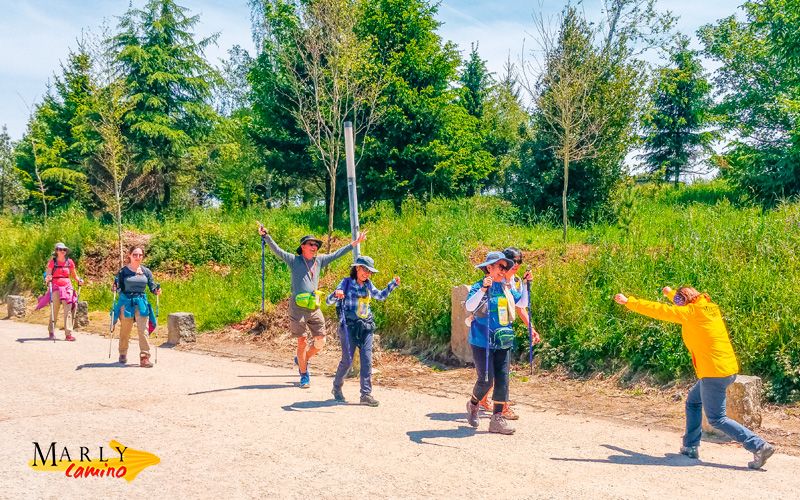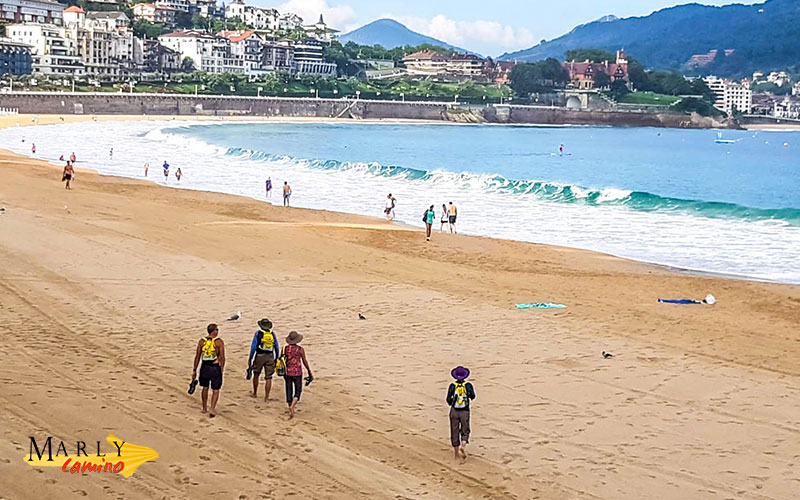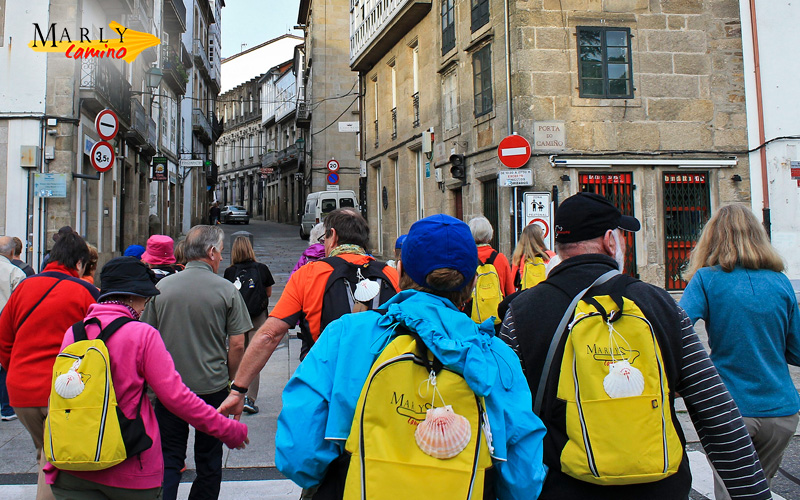Which are the best-known Routes of Santiago de Compostela?
The Routes of Santiago is a trip that faithful and pilgrims do, aiming to visit the famous tomb offered to the Apostle Santiago. It is considered a significant religious act, and carrying it out takes time, effort, and faith. The “Routes of Santiago” are considered just one trip, but there are many options and variations to choose.
About the common question: How many Routes of Santiago are? We must mention that there are many combinations of stages and routes to do, so we can find more than 50 possibilities to make the whole trip. However, today, we are going to mention the best-known options to give you a general look before deciding which one you would prefer.
Which are the four most visited Routes?
As we have mentioned, there are many ways on the Routes to Santiago; however, the four most visited Routes that we are going to present you, debut among the best known by pilgrims and they are the most accessible for traveling, especially if it is your first time. Among the routes we want to highlight, there are:
- French Way: This way is considered one of the busiest and most popular Routes of Santiago due to the great variety of natural elements, its culture centers scattered throughout the road and its hostels. This route has a total of 802 kilometers, divided into 33 stages and it is considered one of the most extensive.

- Primitive Road: This is the most famous route because people say that it is along the same road where Asturias King Alfonso II, called “El Casto,” went to visit Apostle Santiago tomb. Divided into 11 stages and approximately 281 kilometers, the Primitive Way compared to other Routes of Santiago stands out for the route hardness; however, the hostel’s distribution along the route allows, for those somewhat slower or less prepared, to do the road without having any excessively long stage.

- Northern Road: It is another ancient and historical route, which was built in the Middle Ages to be able to transit the rough path, even before the Apostle Santiago burial. It has 814 kilometers, and there are villages around it like Gijón, Comillas, among others.

- Winter Road: With 263 km divided into eight stages, among the Routes of Santiago the Winter Road is considered as a great alternative to the French Way. Known by the name of winter because Roman legions historically used this route, medieval muleteers or Napoleonic troops, also served for the passage of pilgrims in wintertime, to avoid the O Cebreiro snows, common in the colder months, and frequent Valcárcel valley rivers overflow. Today this route popularity is increasing among pilgrims, especially those who have already made the French Way and want to change landscapes or walkers who want to avoid the hustle and bustle of the busiest routes.

